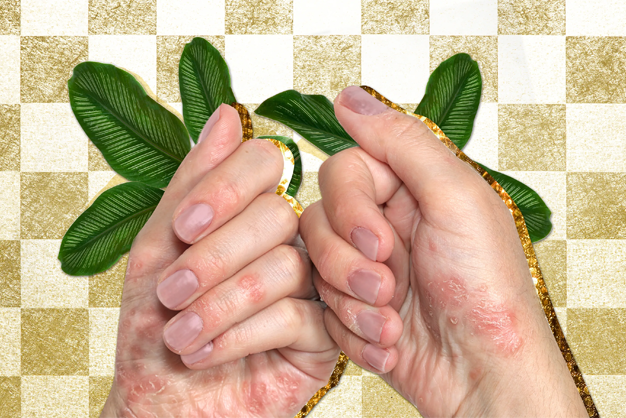
Rheumatology
Psoriatic Arthritis: A Comprehensive Guide to Understanding Skin and Joint Involvement
March 2024

Rheumatic diseases encompass a diverse range of conditions that affect the joints, muscles, bones, and connective tissues in the body. These disorders can cause pain, stiffness, and inflammation, significantly impacting an individual's quality of life. In this article, we will delve into two prevalent rheumatic diseases—osteoarthritis and rheumatoid arthritis—exploring their causes, symptoms, and available treatments.
Osteoarthritis, often referred to as the "wear and tear" arthritis, is the most common form of arthritis worldwide. This chronic condition primarily affects the joints, gradually wearing down the protective cartilage that cushions the ends of bones. As this cartilage deteriorates, bones can rub against each other, causing pain, swelling, and reduced joint flexibility.
CausesRheumatoid arthritis (RA) is an autoimmune disorder that causes the immune system to mistakenly attack the synovium—the lining of the membranes that surround the joints. This chronic inflammation can lead to joint damage, deformities, and systemic complications.
CausesUnderstanding the causes, symptoms, and treatment options for common rheumatic diseases like osteoarthritis and rheumatoid arthritis is crucial for early diagnosis and effective management. While there is no cure for these conditions, advances in medical research and treatment modalities offer hope for improved quality of life for those affected by these debilitating disorders. If you or someone you know experiences persistent joint pain or stiffness, consulting a healthcare professional for a thorough evaluation is essential for timely intervention and personalized care.

Rheumatology
March 2024

Rheumatology
March 2024